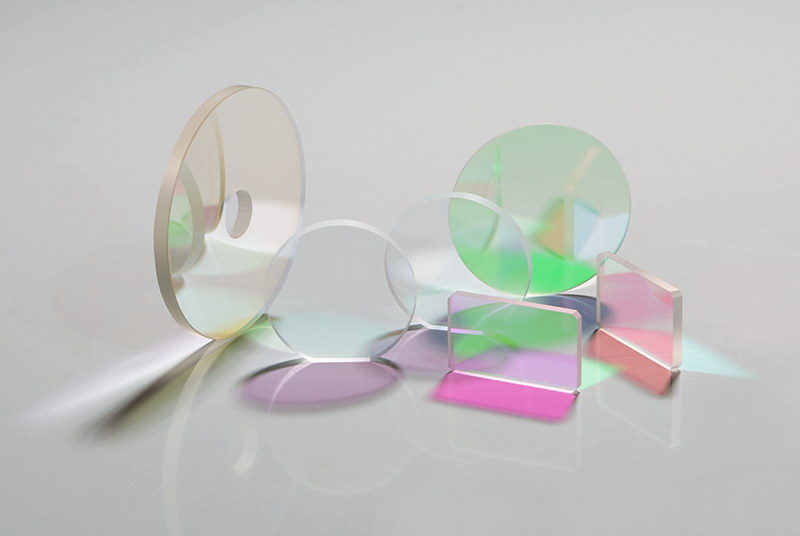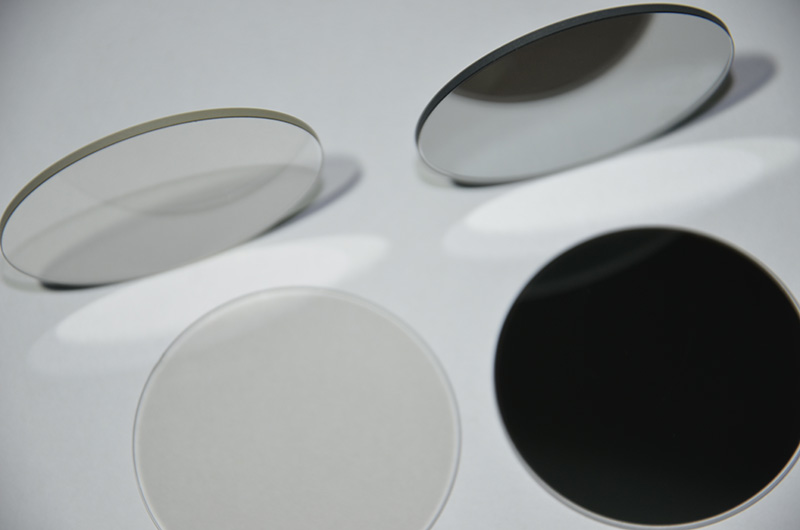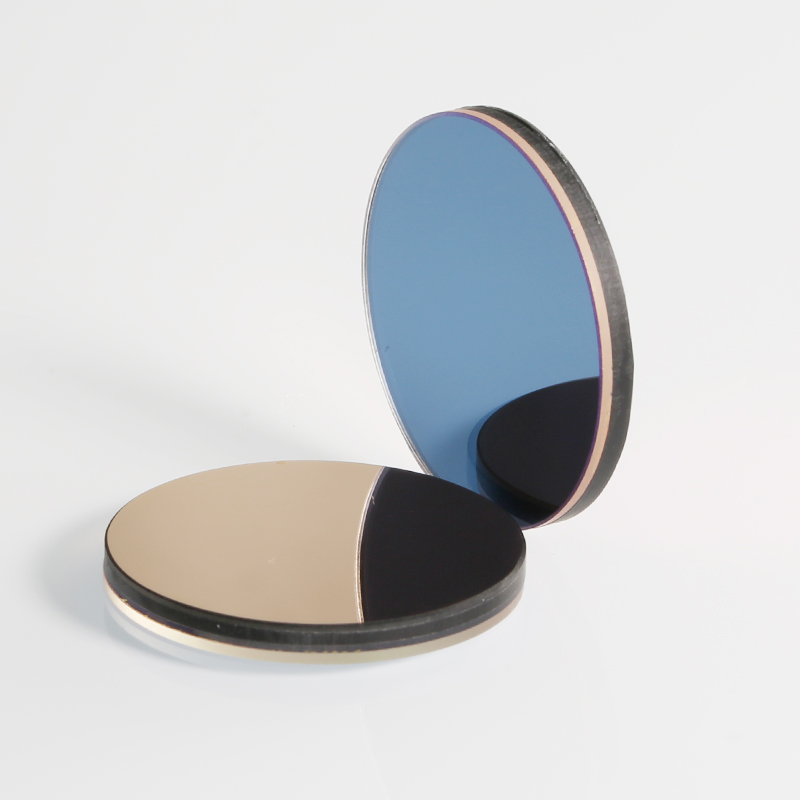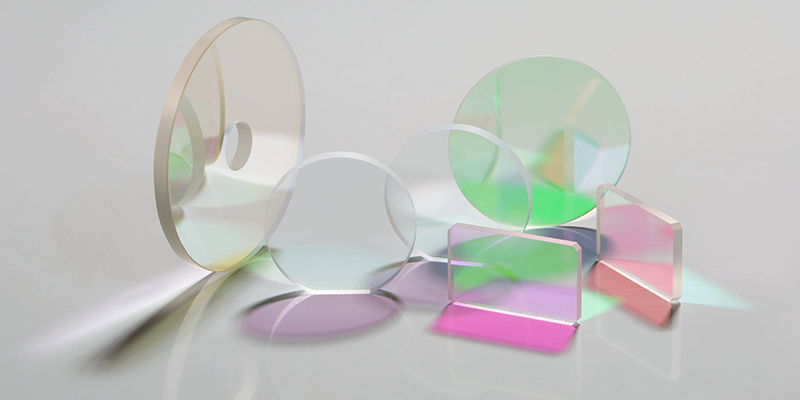Optical filters are indispensable components in optical systems, which optimize optical performance by selectively transmitting or blocking specific wavelengths of light. Driven by modern technology, the types and functions of optical filters are constantly expanding, and their applications have penetrated into many fields such as industry, medical treatment, communication, and scientific research. This article will introduce in detail the main classifications of optical filters and their wide applications.

Classification of optical filters
The classification of optical filters is diverse. According to different functions and characteristics, optical filters can be divided into the following range classifications!
According to spectral selectivity, they are generally divided into bandpass filters and cutoff filters. Bandpass filters are generally divided into broadband filters (conventional bandpass filters generally refer to broadband filters) and narrowband filters. Cutoff filters are generally divided into long-wave cutoff and short-wave cutoff. Long-wave cutoff filters are short-wave pass filters, and short-wave cutoff filters are long-wave pass filters. The details are as follows!

Cut-off filter
Short-Pass Filters
Function: pass light shorter than a certain wavelength and block long-wave light.
Application: UV detection, fluorescence microscopy, thermal radiation isolation.
Long-Pass Filters
Function: pass light longer than a certain wavelength and block short-wave light.
Application: fiber optic communication, night vision equipment, ambient light sensing.

Bandpass Filters
Function: only allow light of a certain range of wavelengths to pass, and other wavelengths of light are blocked.
Application: laser system, spectral analysis, medical imaging.
Narrowband Filters
Function: pass light of a very narrow range of wavelengths and block other light bands.
Application: laser diagnosis, gas detection, astronomical research.
Broadband Filters
Function: allow light of a wider band to pass.
Application: photography, optical measurement.
According to the function, it is generally divided into neutral density filters for equivalently reducing the intensity of light, infrared cut-off filters for cutting off infrared light, and polarizing filters for filtering non-directional light.

Neutral density filters (ND Filters)
Function: Uniformly reduce the intensity of light without changing its color distribution.
Application: Photographic exposure control, laser power adjustment.
Infrared cut-off filters (IR Cut-Off Filters)
Function: Block infrared light and pass visible light.
Application: Digital cameras, optical sensors, surveillance cameras.

Polarizing filters (Polarizing Filters)
Function: Selectively transmit light with a specific polarization direction.
Application: Reduce reflected light interference and perform optical stress analysis.
According to the material classification, we can simply divide it into absorption filters made of materials for absorbing light, and interference filters used to filter specific wavelengths of light through interference films

Absorption filters
Function: Rely on the material itself to absorb light of a specific wavelength to filter out unwanted light.
Application: Conventional optical equipment, laboratory teaching.

Interference filter
Function: Use the interference effect of thin film to selectively reflect or transmit light of specific wavelengths.
Application: High-precision optical instruments, communication equipment.
Main applications of filters
The wide application of filters covers a wide range, involving a variety of optical instrument application fields such as industry and manufacturing, medical and life sciences, consumer electronics, scientific research, environment and safety, communication and sensing.

- Industry and manufacturing
Filters are widely used for light source optimization in laser processing, optical detection, and machine vision. For example, by filtering out stray light, the detection accuracy of automated equipment is improved. - Medical and life sciences
In fluorescence microscopy and optical imaging, filters are used to separate and select light signals of specific wavelengths to achieve high-precision detection of biological samples. In addition, they are also widely used in blood oxygen concentration detection and spectral diagnostic equipment. - Consumer electronics
Filters in smartphones and cameras are used to improve image quality. For example, infrared cutoff filters can improve white balance and color reproduction. VR/AR devices use filters to optimize display effects and viewing angles. - Scientific research
Optical filters are core components in spectrometers and astronomical telescopes, used to analyze celestial spectra, detect interstellar matter, and conduct laboratory optical research. - Environment and safety
In the field of environmental monitoring, optical filters are used for gas detection, water quality analysis, and flame monitoring to help identify specific pollutants or abnormal conditions. - Communications and sensing
Optical filters play a key role in wavelength division multiplexing/demultiplexing in optical fiber communications. In addition, lidar and optical sensors use optical filters to filter stray light to ensure signal accuracy.

Summary
As an important component of modern optical systems, optical filters provide efficient solutions for various fields from industrial manufacturing to scientific research, from consumer electronics to life sciences through their diverse functions and precise spectral selection capabilities. With the continuous advancement of optical technology, the types and performance of optical filters will also be further developed, helping more







